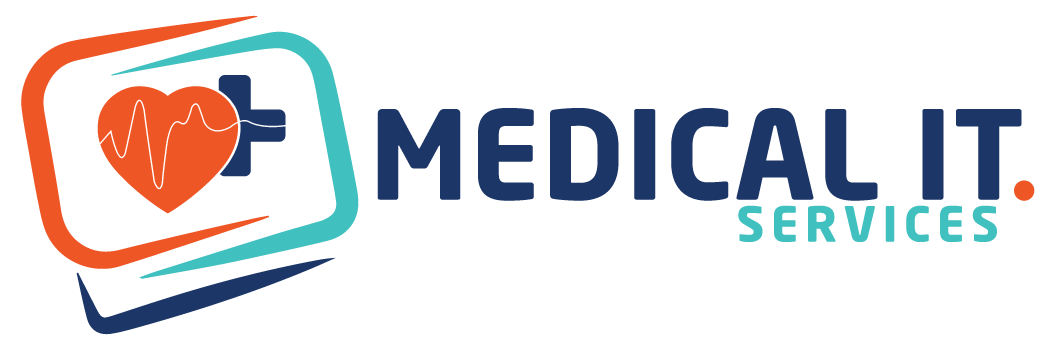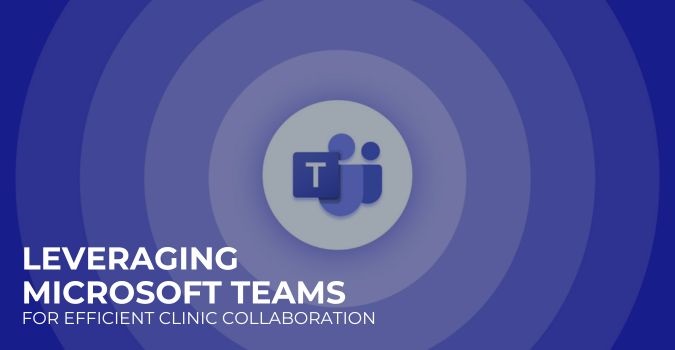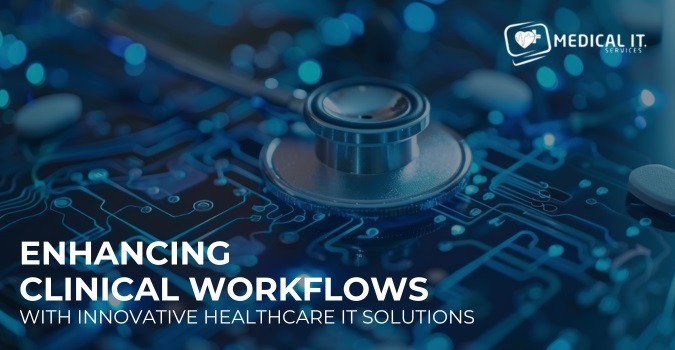In today’s fast-paced healthcare environment, effective communication and collaboration among clinic staff are essential for…

IT Disaster Recovery Plan: An Extensive Checklist For Medical Practices
Today, most healthcare practices use electronic medical records (EMR) to document patients’ data and have abandoned the use of physical records. Therefore, it’s imperative to have a ready-to-use IT disaster recovery plan that will help your healthcare business to recover faster and resume operations in case of any disaster.
Recording your medical data digitally is helping healthcare systems to achieve the best patient outcomes but the electronically saved data can be stolen due to cyber-attacks, destroyed by any disaster such as power failure, or accidentally deleted.
What Is IT Disaster Recovery?
A disaster recovery (DR) plan is a set of instructions that helps an organization to take immediate actions and quickly recover operations if any catastrophe happens. IT disaster recovery plan is a part of disaster recovery, that enables you to focus on IT aspects including server downtime, data backups, hardware damages, network failures, and bringing IT systems back online.
With an effective IT Disaster recovery plan, your healthcare management system can respond quickly to any disaster and take important steps to reduce damage and restart operations in lesser time.
What Is Included in IT Disaster Recovery Plan?
Whether you are running a busy clinic or starting a new medical practice in Australia, IT disaster recovery management is crucial for healthcare business continuity. Here is an extensive checklist of IT disaster recovery plans for healthcare centers.
Checklist for IT Disaster Recovery:
- Analyze potential dangers, the impact they can have on your hospital and how will you tackle them in case of a disaster
- Make an inventory of all equipment including software, networks, IT systems, and servers used in your medical practice
- Assign tasks to your employees that they will perform if a disaster happens
- Make data backup solutions to restore your data after a disaster
- Your disaster recovery plan should include possible means of communication in the event of a disaster
- Keep testing your IT disaster recovery plan regularly and make changes accordingly
Why Does Your Practice Need An IT Disaster Recovery Plan?
Crafting an IT disaster recovery plan will help your medical practice to recover quickly, and business continuity. Here are the benefits that you can take advantage of:
- Analyze Potential Dangers: A risk matrix can be useful to categorize your potential dangers and create priorities.
- Make a List: create a list of medical suppliers, hardware, and software vendors and record all information including phone numbers to contact them in case of an emergency.
- Assign Tasks to Your Employees: who will handle and solve issues if a disaster occurs, so it is better to assign duties to every employee and train them on how to resume business operations and minimize disruption.
- Make Data Recovery Solutions: In case of any data breach, using managed cloud solutions helps to restore critical data in case of a disaster and automate the backup process for security and privacy.
- Means of Communications: Your DRP should include viable options for communication other than the traditional methods. A cloud-based phone system is the best option to get rid of using an old-fashioned telecommunication system.
- Ensure That Your DRP Works: after the completion of creating a disaster recovery plan, you need need to ensure that it will work. It means that you should test different parts of your recovery plan and make changes if required.
How IT Disaster Recovery Services Can Help You?
IT Disaster Recovery Services helps to exterminate any vulnerability in the system if any disasters occur and resume day-to-day operation in case of crisis. At MedicalIT.Services, we provide Disaster Recovery Services (DRaaS) to maintain your business continuity and minimize the impact of disruption.
Our successful IT disaster recovery plan consists of recovery time objectives (RTO) in minutes and recovery point objectives (RPO) in seconds as well as accessibility to tackle system outages.
Conclusion
If you are still confused and don’t know where to start and how to finish, look no further, we can design a cost-effective IT disaster recovery plan for your busy medical practice. Our comprehensive suite of IT disaster recovery solutions also includes on-site and remote backup support. Don’t hesitate to call us at 1300 660 368 or schedule a free IT consultation today.
Also Read:



